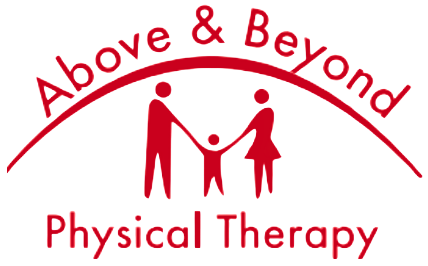ACL Tear Treatment, Causes and Symptoms What Causes an ACL Tear? The ACL, or anterior cruciate ligament, is one of the four major ligaments, or bands of tissue, connecting the thigh bone to the shin …
ACL Tear Treatment, Causes and Symptoms
What Causes an ACL Tear?
The ACL, or anterior cruciate ligament, is one of the four major ligaments, or bands of tissue, connecting the thigh bone to the shin bone. It is an important stabilizer in the knee. Your ACL can tear if you:
- Twist your knee while keeping your foot planted firmly on the ground
- Stop suddenly while running
- Suddenly shift your weight from one leg to the other
- Jump and land on a straightened knee
- Stretch the knee farther than you should
- Receive a direct hit to the knee
ACL Tear Symptoms
If you tear your ACL you may experience the following symptoms:
- You may feel a sharp, intense pain
- You may hear a loud “pop” or snap sound
- Pain on the outside and back of the knee
- Severe pain and the inability to continue activity
- Your knee may swell and worsen hours after the injury occurs
- You may a feeling of instability or “giving way” with weight bearing
ACL Tear Treatment
ACL tear treatment is dependent on your activity level and symptoms. If you are suffering from an ACL tear, consult with your doctor to develop an individualized treatment plan that will often times include physical therapy. ACL tear treatment can include:
- Resting the knee
- Applying ice to the knee
- Using gentle compression
- Elevating the leg
- Pain medications to help with relief and inflammation
- Strength and motion exercises
- Physical therapy
The goals of physical therapy for ACL tear treatment are to:
- Restore normal stability and level of function in the knee
- Limit the loss of function in the knee
- Prevent injury or more damage to the other knee structures
- Reduce pain
- Prevent osteoarthritis
Contact us today or schedule an appointment for more information.
For health tips, Above & Beyond news and more, follow us on Facebook.
Request an Appointment
Enter your details below to take your first step toward recovery.



